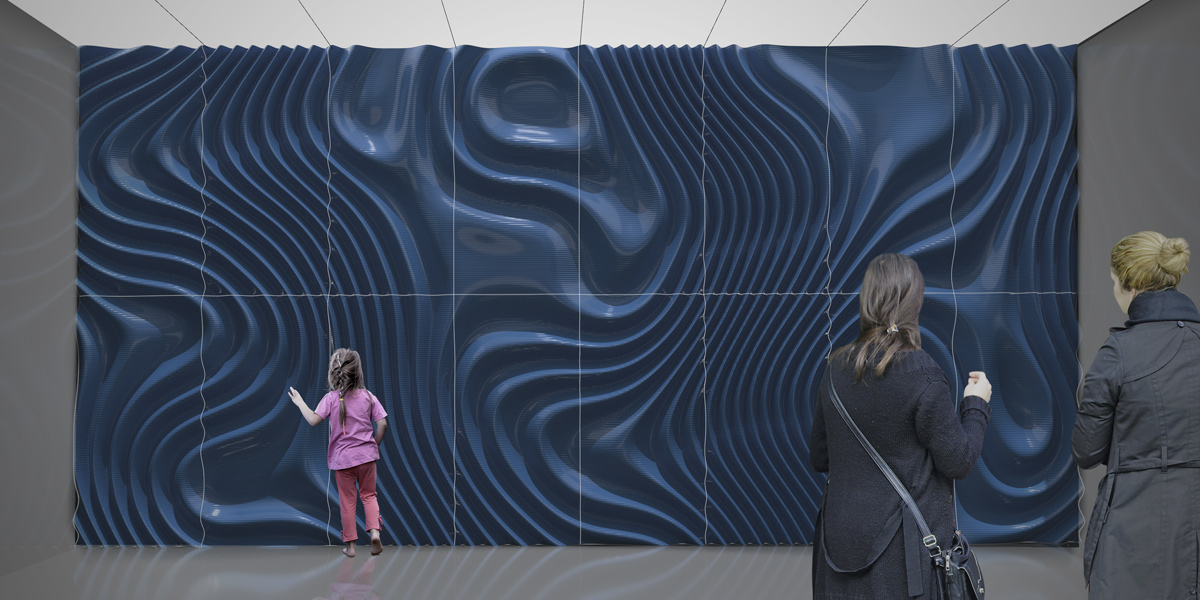Workplace Plasticity
Supported by a Alastair Swayn Foundation Strategic Grant
November 2022
Design Canberra Festival 2022
by
Iain [Max] Maxwell,
Sam Tomkins,
Ben Ennis Butler
Supported by a Alastair Swayn Foundation Strategic Grant
November 2022
Design Canberra Festival 2022
by
Iain [Max] Maxwell,
Sam Tomkins,
Ben Ennis Butler
Workplace Plasticity: Furnishing the Net Zero-Office through Robotic Fabrication.
Recent studies suggest that Australian office spaces are refurbished every 5-7 years. Alarmingly, for every 100m2 of office space refurbished approximately 6.3 tons of waste are generated. In response, designers must seek to mitigate the generation of greenhouse gas emissions and waste associated with unsustainable cycles of refurbishment through the realisation of alternate product paradigms that consider and harness the potentials of their own indeterminate lifespan.
This research will demonstrate a cradle-to-cradle methodology for the design, fabrication and material recovery of archetypal workplace elements that evidence a net-zero footprint. The work draws upon a bespoke robotic 3D printing technique, developed by the applicants, that intercepts plastics from commercial waste streams and redirects this valuable resource towards the localised production of culturally valuable objects.
Through the design and demonstration of a suite of typical office products - work surfaces, storage and partition systems- our research will emphasise the contribution interdisciplinary design practices - especially those that engage with systems of production - can play in meeting the challenges of a net-zero construction future.
We aim to show that objects made from second life materials not only satisfy the functional requirements of contemporary workplaces but can transcend notions of utility towards new material narratives of synthesis and beauty.
Recent studies suggest that Australian office spaces are refurbished every 5-7 years. Alarmingly, for every 100m2 of office space refurbished approximately 6.3 tons of waste are generated. In response, designers must seek to mitigate the generation of greenhouse gas emissions and waste associated with unsustainable cycles of refurbishment through the realisation of alternate product paradigms that consider and harness the potentials of their own indeterminate lifespan.
This research will demonstrate a cradle-to-cradle methodology for the design, fabrication and material recovery of archetypal workplace elements that evidence a net-zero footprint. The work draws upon a bespoke robotic 3D printing technique, developed by the applicants, that intercepts plastics from commercial waste streams and redirects this valuable resource towards the localised production of culturally valuable objects.
Through the design and demonstration of a suite of typical office products - work surfaces, storage and partition systems- our research will emphasise the contribution interdisciplinary design practices - especially those that engage with systems of production - can play in meeting the challenges of a net-zero construction future.
We aim to show that objects made from second life materials not only satisfy the functional requirements of contemporary workplaces but can transcend notions of utility towards new material narratives of synthesis and beauty.

Render of Acoustic Wall by Max Maxwell
